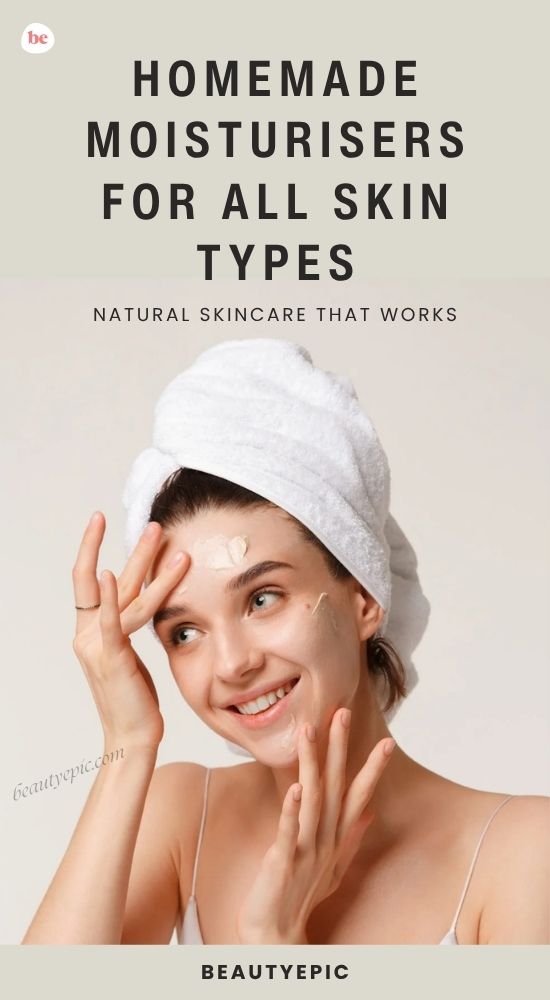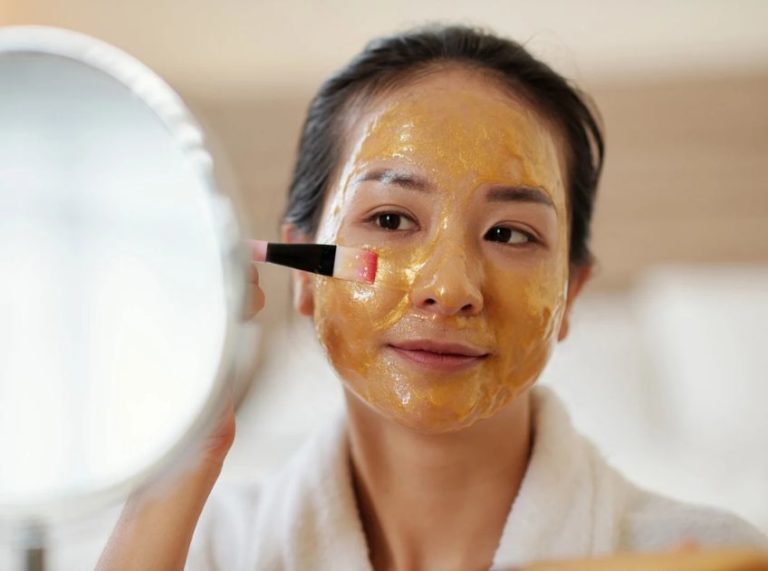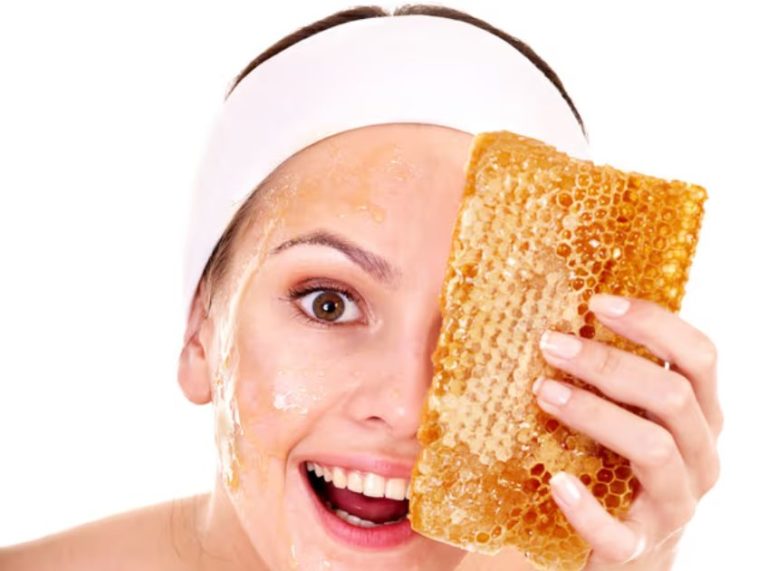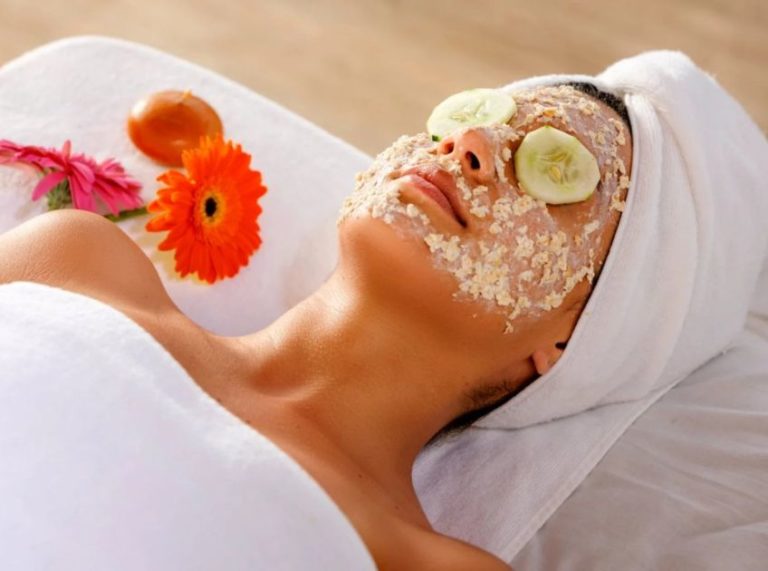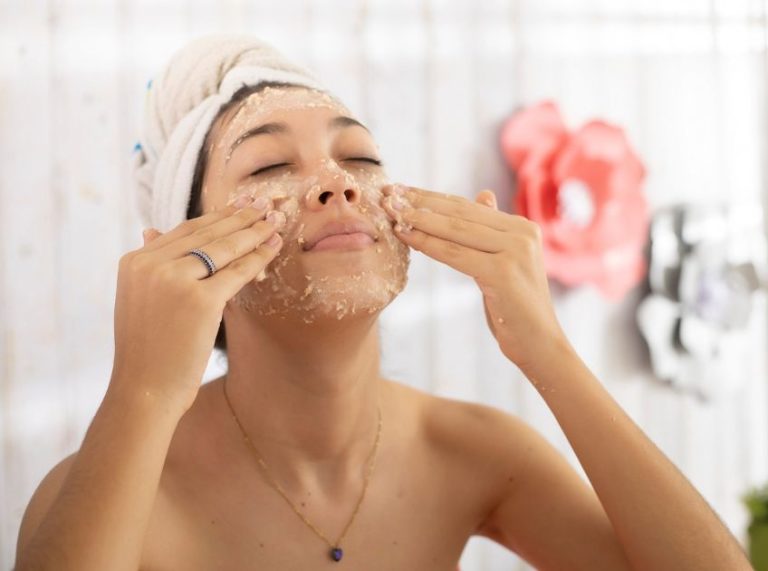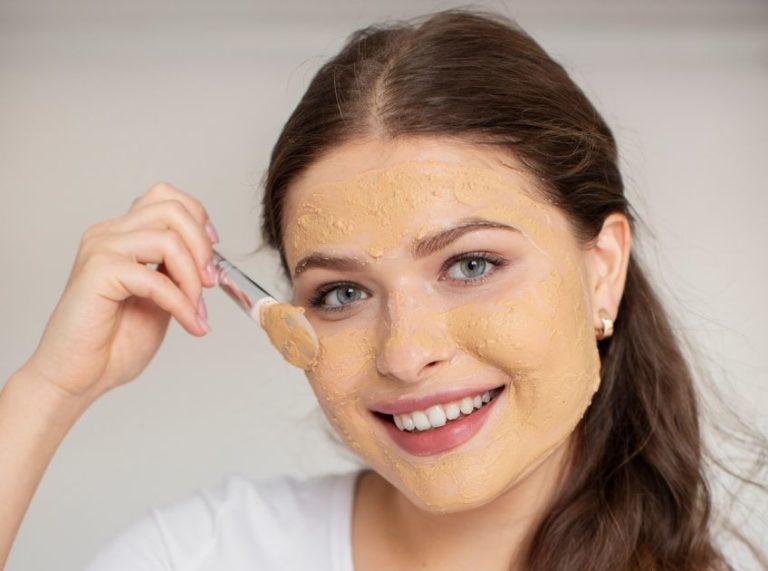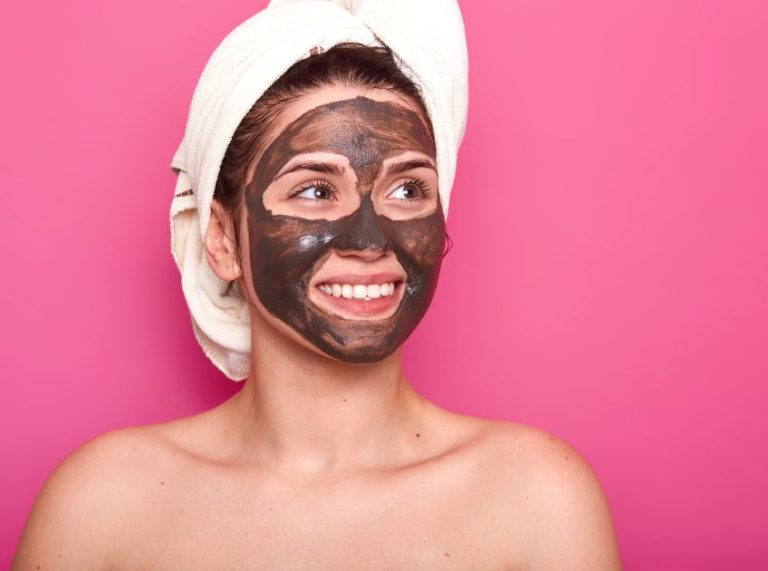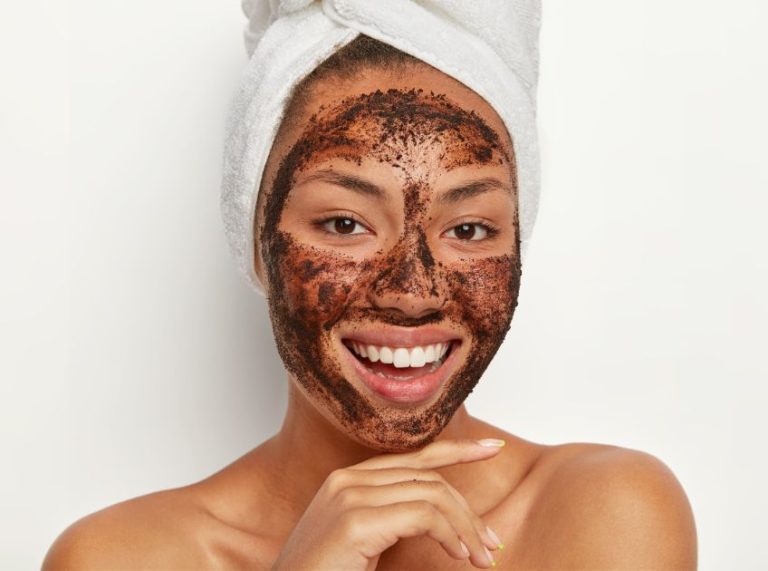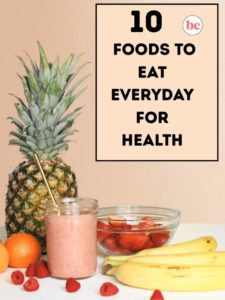
Important: This article is for informational purposes only. Please read our full disclaimer for more details.
In the era of clean beauty, more people are swapping chemical-laden products for natural, DIY skincare. Homemade moisturisers are not only affordable but also customizable, allowing you to tailor recipes to your skin type—whether dry, oily, sensitive, or combination. They hydrate, protect, and nourish your skin without unnecessary additives, making them a sustainable choice for everyday skincare.
Glow Naturally: 5 Easy Homemade Moisturisers for Every Skin Type
1. Aloe Vera & Jojoba Gel (Best for Oily/Combination Skin)
- Ingredients:
- 2 tbsp fresh aloe vera gel (or store-bought pure gel)
- 1 tsp jojoba oil
- Preparation:
- Scoop fresh aloe gel from the leaf and blend until smooth.
- Add jojoba oil and mix until evenly combined.
- Store in an airtight glass jar in the refrigerator.
- Application:
Apply a pea-sized amount after cleansing, focusing on oily areas like the T-zone. - Shelf Life: Up to 5 days refrigerated.
- Why It Works: Aloe vera hydrates without clogging pores, while jojoba mimics the skin’s natural oils, balancing sebum production.
- Extra Tip: Add 1 drop of tea tree oil for acne-prone skin.
2. Shea Butter & Vitamin E Cream (Best for Dry, Flaky Skin)
- Ingredients:
- 2 tbsp unrefined shea butter
- 1 tsp vitamin E oil
- ½ tsp almond oil (optional for extra richness)
- Preparation:
- Gently warm shea butter in a double boiler until soft (do not overheat).
- Add vitamin E and almond oil.
- Whip with a hand blender until creamy.
- Store in a clean jar at room temperature.
- Application:
Massage a small amount into dry areas before bedtime. - Shelf Life: 2–3 weeks (no water content).
- Why It Works: Shea butter deeply nourishes, while vitamin E restores skin barrier function and helps repair microdamage.
- Extra Tip: Perfect as an overnight hand and foot cream too.
3. Rose Water & Glycerin Blend (Best for Sensitive/Irritated Skin)
- Ingredients
- 2 tbsp pure rose water
- 1 tsp vegetable glycerin
- 1–2 drops lavender essential oil (optional)
- Preparation
- Combine rose water and glycerin in a spray bottle.
- Shake well before each use.
- Application
Spray lightly on face or apply with a cotton pad morning and night. - Shelf Life: 7–10 days in refrigerator.
- Why It Works: Rose water soothes irritation and reduces redness, while glycerin acts as a humectant, pulling in hydration.
- Extra Tip: Keep it in your bag as a hydrating mist for hot or dry weather.
4. Coconut Oil & Aloe Vera Cream (Best for Normal/Healthy Skin)
- Ingredients:
- 1 tbsp organic virgin coconut oil
- 2 tbsp fresh aloe vera gel
- Preparation:
- Blend aloe gel and coconut oil until smooth and creamy.
- Store in a sealed container in the fridge.
- Application:
Apply a thin layer after showering or cleansing for soft, smooth skin. - Shelf Life: 4–5 days refrigerated.
- Why It Works: Aloe vera cools and hydrates, while coconut oil nourishes and protects the skin barrier.
- Extra Tip: Works well as a post-sun moisturiser to calm mild sunburn.
5. Olive Oil & Honey Balm (Best for Mature/Aging Skin)
- Ingredients
- 1 tbsp extra virgin olive oil
- 1 tsp raw honey,
- A pinch of beeswax (optional for a balm-like texture)
- Preparation
- Warm olive oil slightly and stir in honey.
- If using beeswax, melt it first and then mix with the oils for a richer consistency.
- Store in a small glass container.
- Application
Apply a thin layer at night to the face and neck. Wash off with lukewarm water in the morning. - Shelf Life: 1 week refrigerated.
- Why It Works: Olive oil is antioxidant-rich, protecting against free radicals, while honey locks in moisture and promotes skin renewal.
- Extra Tip: Use sparingly if you have acne-prone skin, as olive oil can be heavy.
The Science Behind Natural Moisturisers
Modern dermatology supports the use of natural humectants and emollients:
- Aloe Vera: Studies in the Indian Journal of Dermatology highlight its effectiveness in improving hydration and wound healing (1).
- Shea Butter: Contains fatty acids that restore the skin barrier and improve elasticity (2).
- Glycerin: A well-known humectant, proven to draw moisture into the skin and maintain hydration (3).
- Honey: Research confirms its antimicrobial and moisturizing effects, beneficial for both acne-prone and dry skin (4).
These findings validate the use of homemade recipes as effective alternatives to store-bought moisturisers.
Frequently Asked Questions (FAQ’S)
1. Can homemade moisturisers replace store-bought creams?
A. Yes, if prepared properly with the right ingredients for your skin type. However, commercial creams may include preservatives that increase shelf life, which homemade versions lack.
2. How long can I store homemade moisturisers?
A. Most last 3–7 days in the refrigerator, depending on the ingredients. Always check for changes in smell or texture.
3. Are natural moisturisers safe for acne-prone skin?
A. Yes, but choose lightweight, non-comedogenic ingredients like aloe vera or jojoba oil. Avoid heavy oils like coconut oil if you’re acne-prone.
Final Thoughts
Homemade moisturisers are a natural, budget-friendly, and customizable way to keep your skin healthy and glowing. With ingredients like aloe vera, honey, shea butter, and rose water, you can create recipes that suit any skin type. Just remember: patch test first, store them properly, and enjoy the nourishing benefits straight from nature.
